Myopia for military service in 2025 is applied according to Circular 148, myopia of 1.5 diopters or higher is eligible for temporary deferment from military service, myopia of less than 1.5 diopters will join military service if meeting other conditions.
Besides the eye standards, to be eligible for military service, citizens must also meet other standards such as age, cultural level, political status, and health.
People with myopia of 1.5 degrees or more can have their military service postponed in 2025.
Instruction 4705 dated October 31, 2024 of the Ministry of National Defense on the selection and calling of citizens for military service in 2025 stipulates that the organization must review citizens who are temporarily deferred from military service and exempted from military service, and citizens who are eligible for military service strictly and seriously, not allowing the wrong subjects or missing sources of citizens to join the army (note that the health standards for selection and calling of citizens to join the army in 2025 are implemented according to the provisions at Point a, Clause 1, Article 4 of Circular No. 105/2023/TT-BQP dated December 6, 2023 of the Minister of National Defense;
The eye standards are still implemented according to the provisions at Point c, Clause 3, Article 4 of Circular No. 148/2016/TT-BQP dated October 4, 2018 of the Minister of National Defense).
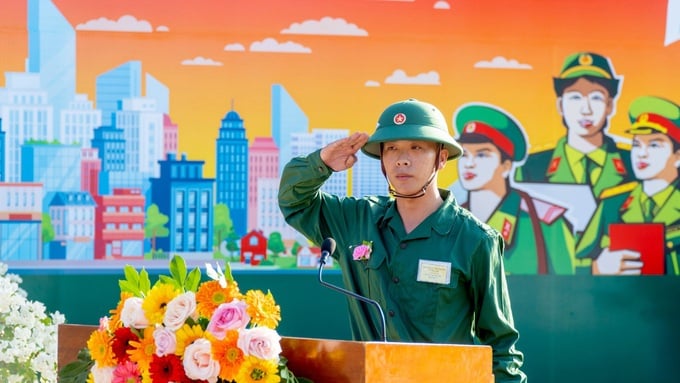
In which, point c, clause 3, Article 4 of Circular 148/2018/TT-BQP stipulates the degree of myopia for military service in 2025. Specifically, citizens with health category 3 refractive eye defects (myopia of 1.5 diopters or more, hyperopia of all degrees); drug addiction, HIV infection, AIDS will not be called to join the army.
Thus, the degree of myopia for military service in 2025 will be applied according to Circular 148, specifically if a citizen has myopia of 1.5 degrees or more, he/she will be temporarily deferred from military service (ie will not perform military service in 2025), and if a citizen has myopia of less than 1.5 degrees, he/she will perform military service in 2025 if he/she meets all other conditions.
In the case of citizens with myopia who have had surgery and have a total vision of both eyes (without glasses) of 18/10 or 19/10, they are still eligible for military service.
In the case of citizens who are both nearsighted and farsighted, they are also exempted from military service in 2025 because farsightedness will not qualify for military service.
In cases of astigmatism without other eye diseases such as nearsightedness or farsightedness, citizens with astigmatism at any level meet the eye standards for military service.
In the case of citizens with both nearsightedness and astigmatism, if the nearsightedness is over 1.5 diopters, they will not meet the eye standards for military service. In the case of astigmatism that has been surgically corrected, the score will be calculated as when measuring vision without glasses and an additional 1 point will be added.
2 rounds of military service health check
According to Clause 1, Clause 2, Article 7 and Article 8 of Circular 105/2023/TT-BQP, the military service health examination will include 2 rounds: preliminary military service health examination and military service health examination.
Military service health screening round: Commune-level health stations conduct military service health screening under the direction and professional guidance of the district-level health center or district-level general hospital; and supervision of the district-level military command.
The health screening includes personal and family medical history;
At the same time, detect cases of physical inadequacy, disabilities, and deformities specified in Section I, Section II, Appendix I issued with Circular 105/2023/TT-BQP; diseases exempted from military service registration specified in Section III, Appendix I issued with Circular 105/2023/TT-BQP.
Diseases exempted from military service registration as prescribed in Section III, Appendix I issued with Circular 105/2023/TT-BQP include:
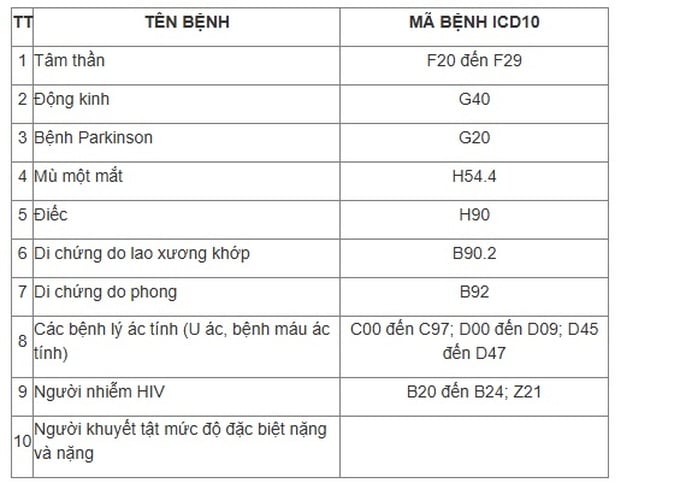
Military service health check-up is conducted at the District Health Center or District General Hospital.
The content of the military service health examination includes: Physical examination; clinical examination according to specialties: Eyes, ear, nose and throat, maxillofacial, internal medicine, neurology, psychiatry, surgery, dermatology, obstetrics and gynecology (for women); Paraclinical examination... The Chairman of the Council will prescribe other tests according to professional requirements to conclude the health accurately.
Note: During the physical and clinical examination, if the citizen does not meet one of the health standards specified in Clause 1, Article 4 of Circular 105/2023/TT-BQP, the Council member directly conducting the examination shall report to the Council Chairman to decide to stop the examination.
Only conduct blood and urine tests; HIV and drug tests for citizens who meet health standards after physical examination, clinical examination, ultrasound, electrocardiogram, and chest X-ray.
Scoring and classifying health types 1, 2, 3 for military service in 2025
Article 9 of Circular 105/2023/TT-BQP stipulates that the classification of health for military service is implemented according to the provisions of Articles 5 and 6 of Circular 105/2023/TT-BQP, specifically:
Regarding health classification standards: Classification standards based on physical strength are implemented according to regulations in Section I, Appendix I issued with Circular 105/2023/TT-BQP.
Classification standards by disease and health problems are implemented according to the provisions in Section II, Appendix I issued with Circular 105/2023/TT-BQP.
Regarding the health classification method: Each indicator, after examination, is given an even score from 1 to 6 in the "Score" column. Specifically, score 1: Indicates very good health; Score 2: Indicates good health; Score 3: Indicates fair health; Score 4: Indicates average health; Score 5: Indicates poor health; Score 6: Indicates very poor health.
The health classification method will base on the scores for the indicators during the examination to classify health, specifically type 1: All indicators score 1; Type 2: At least 1 indicator scores 2; Type 3: At least 1 indicator scores 3; Type 4: At least 1 indicator scores 4; Type 5: At least 1 indicator scores 5; Type 6: At least 1 indicator scores 6.
Note: In case of acute illness, the disease may improve or worsen after a period of time or after treatment, then the score must be accompanied by the letter “T” next to it (meaning “temporary”). The examiner must summarize in Vietnamese the name of the disease next to it (can be written in international nouns between two parentheses). When concluding, if the letter “T” in the indicator has the highest score, the letter “T” must be written in the health classification section;
In case of doubt, the Military Service Health Examination Council will send the citizen to a specialist examination at another medical facility for an accurate conclusion. The maximum time for a conclusion is 10 days and will only be done if necessary;
In cases where the health certificate has the letter "T", the Military Service Health Examination Council is responsible for guiding citizens to medical facilities for treatment;
In case a citizen has a disease that has not been classified according to Section II of Appendix I issued with Circular 105/2023/TT-BQP, the Health Examination Council shall fully and comprehensively assess the function of the diseased organ, the level of impact on the ability to train in the military, work, and daily activities, and predict the level of disease progression to conclude the health classification.
Source: https://dansinh.dantri.com.vn/nhan-luc/quy-dinh-ve-tam-hoan-nghia-vu-quan-su-2025-voi-nguoi-can-vien-loan-thi-20241112102139232.htm




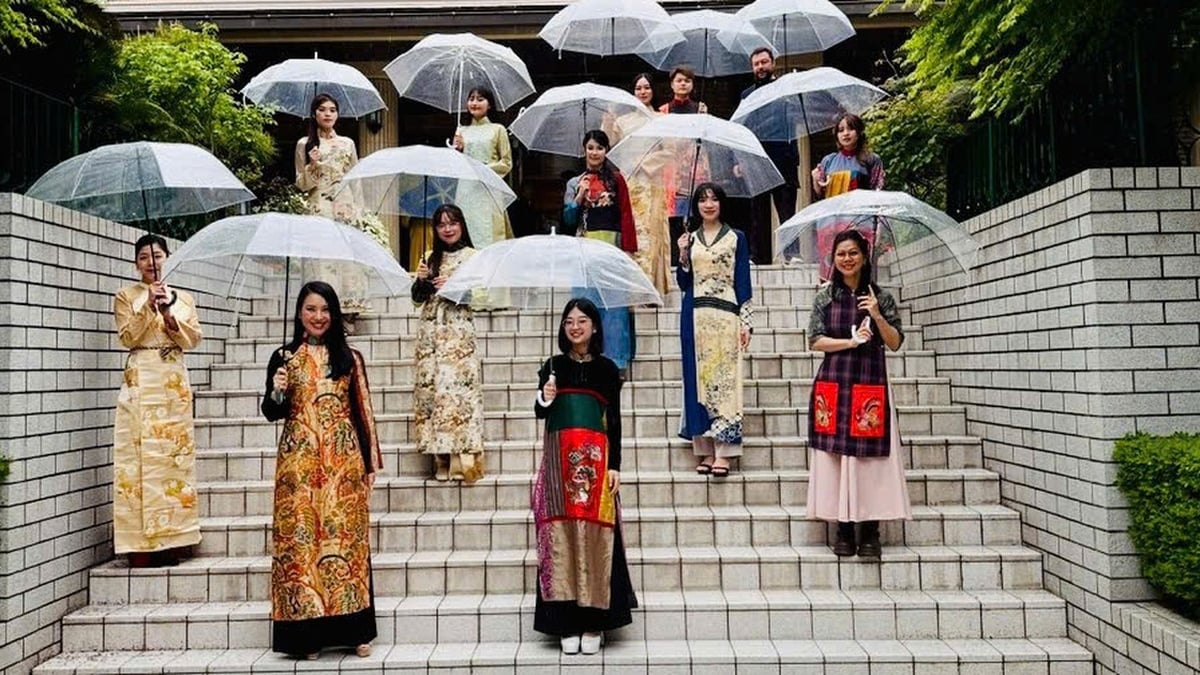
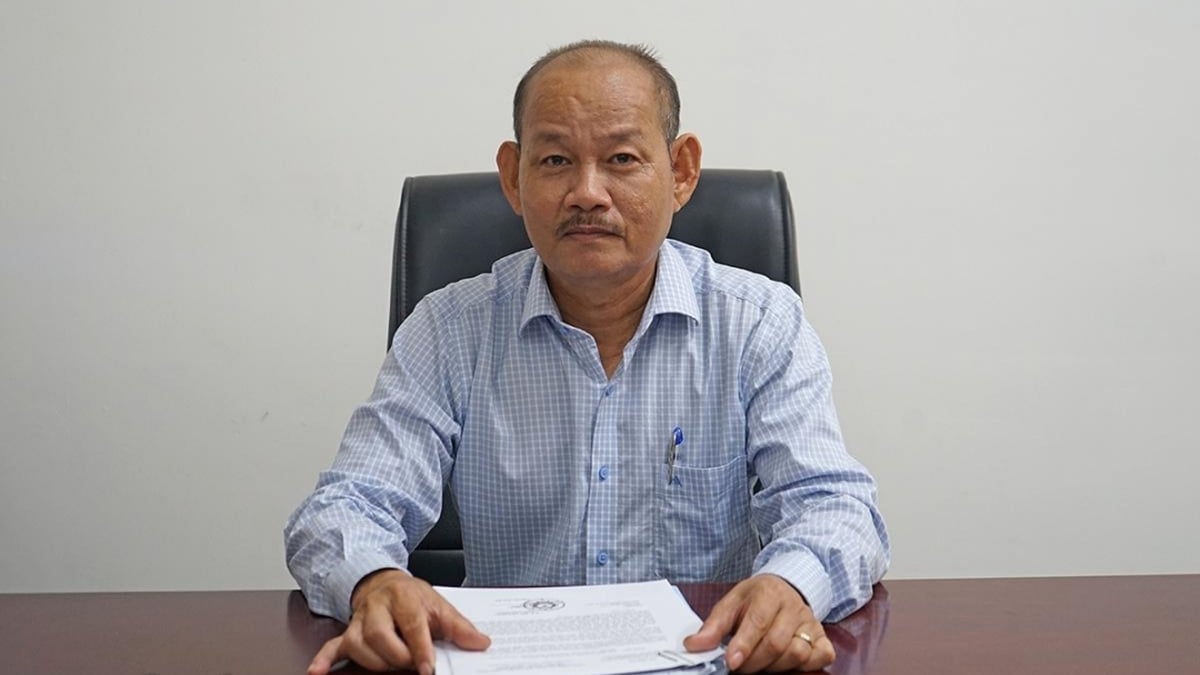
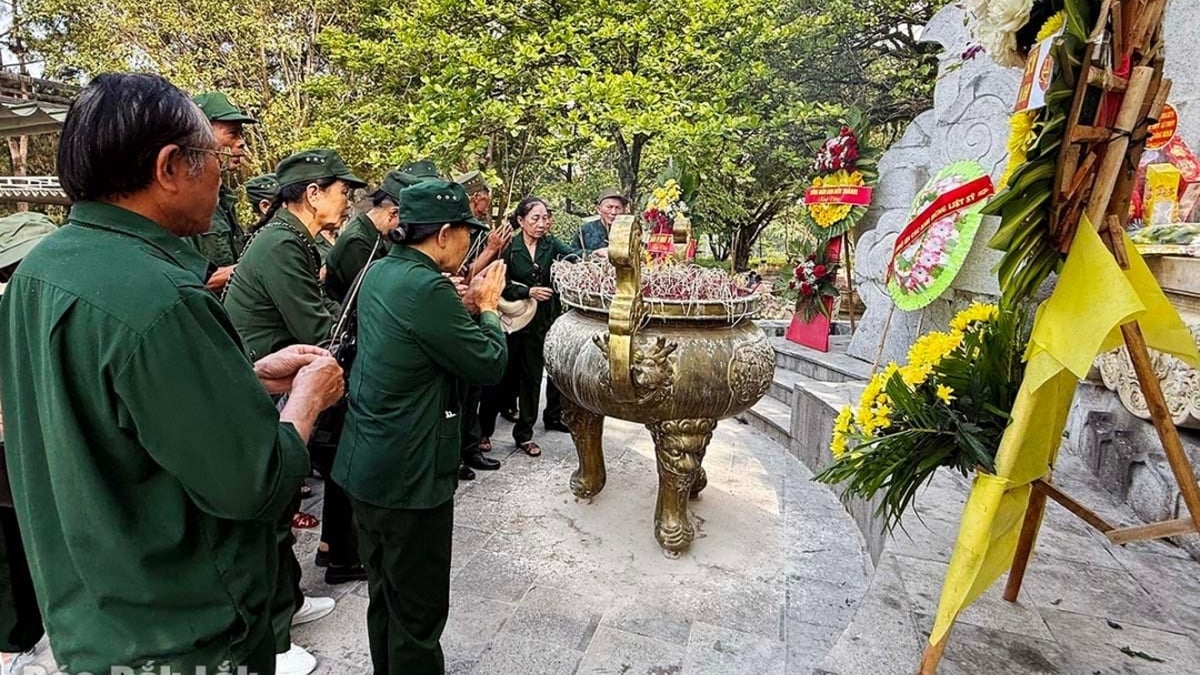
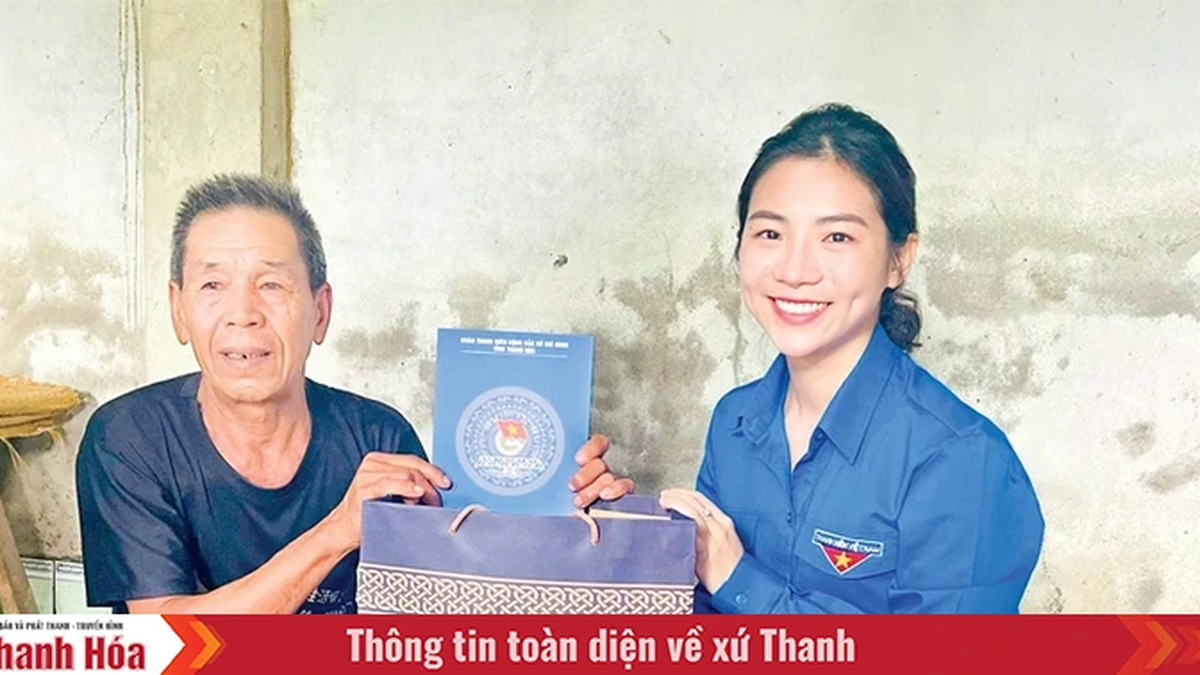
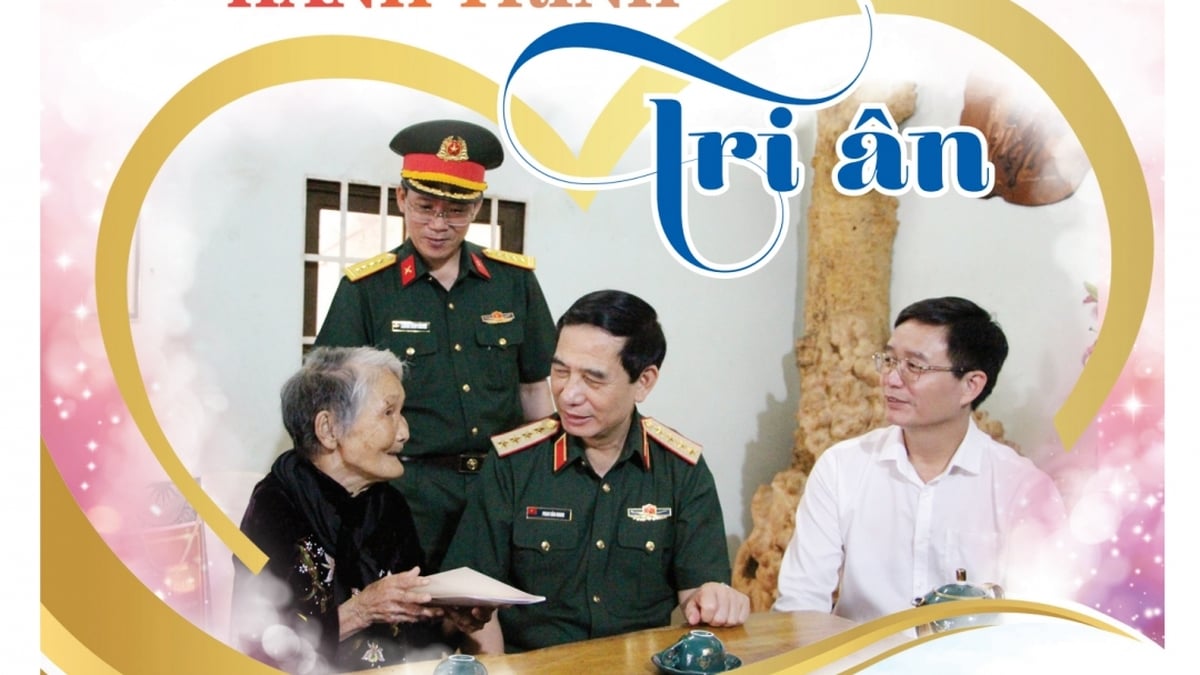

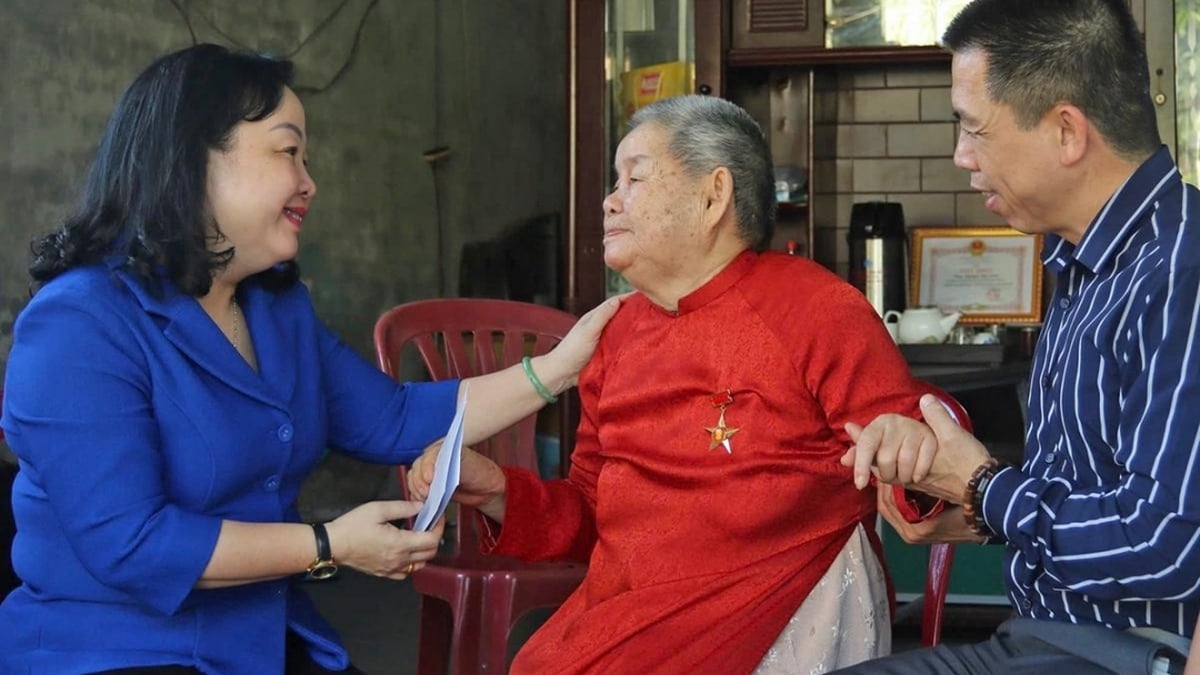











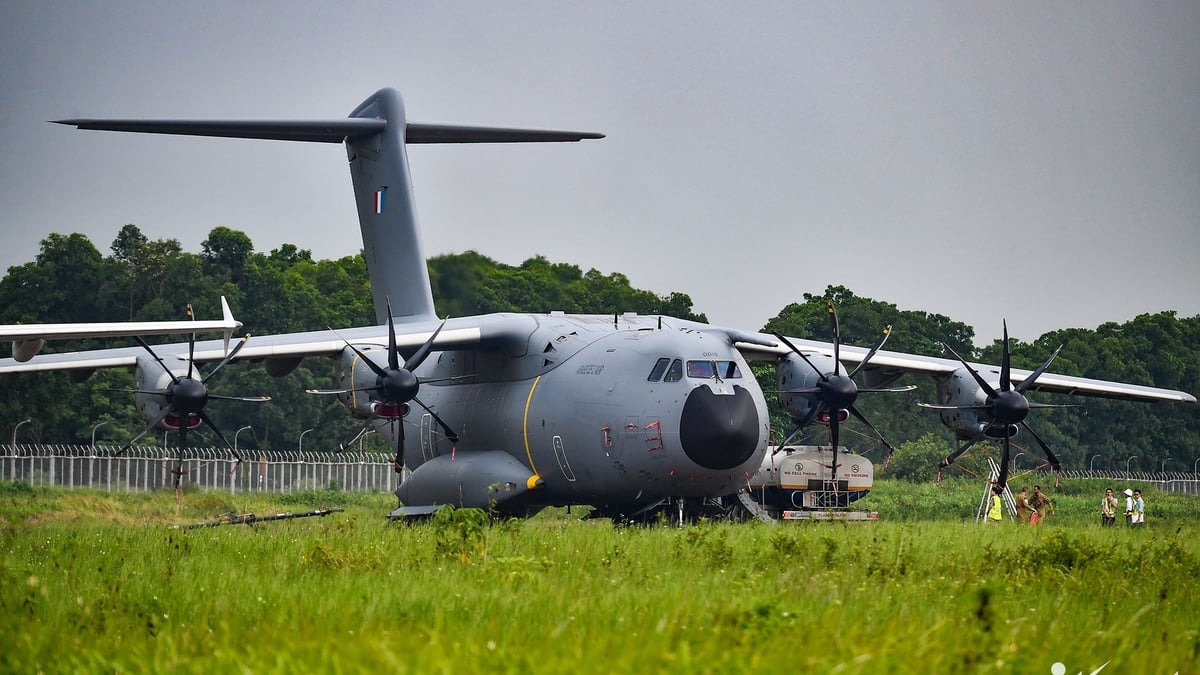

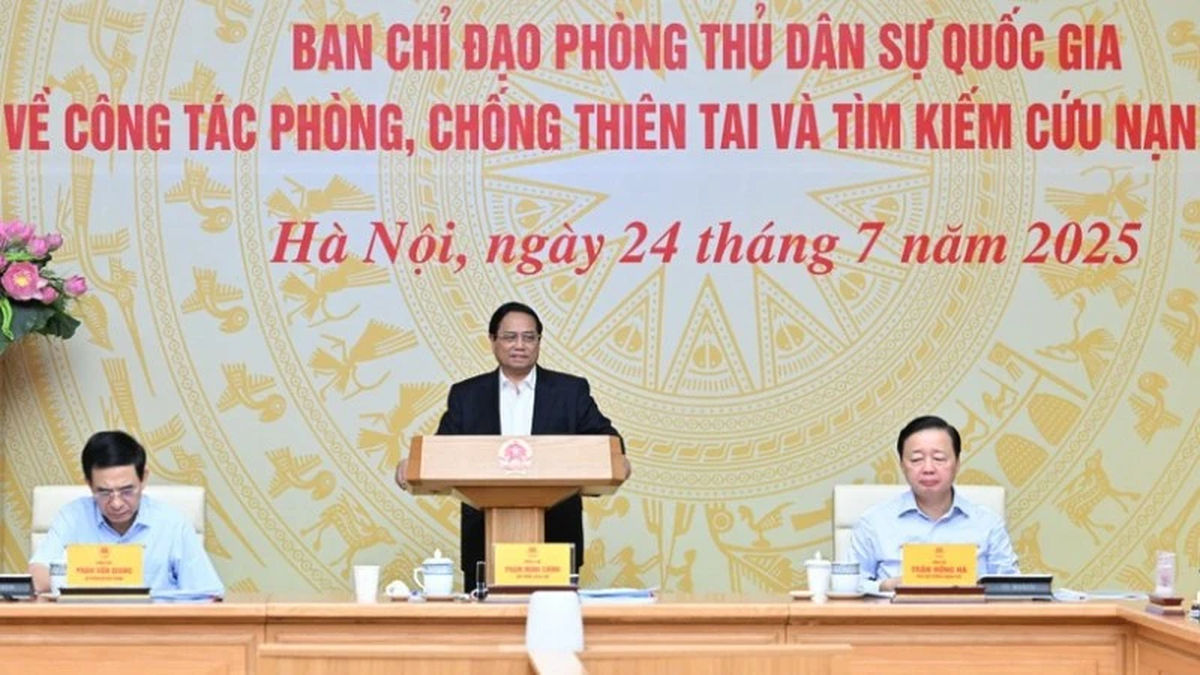



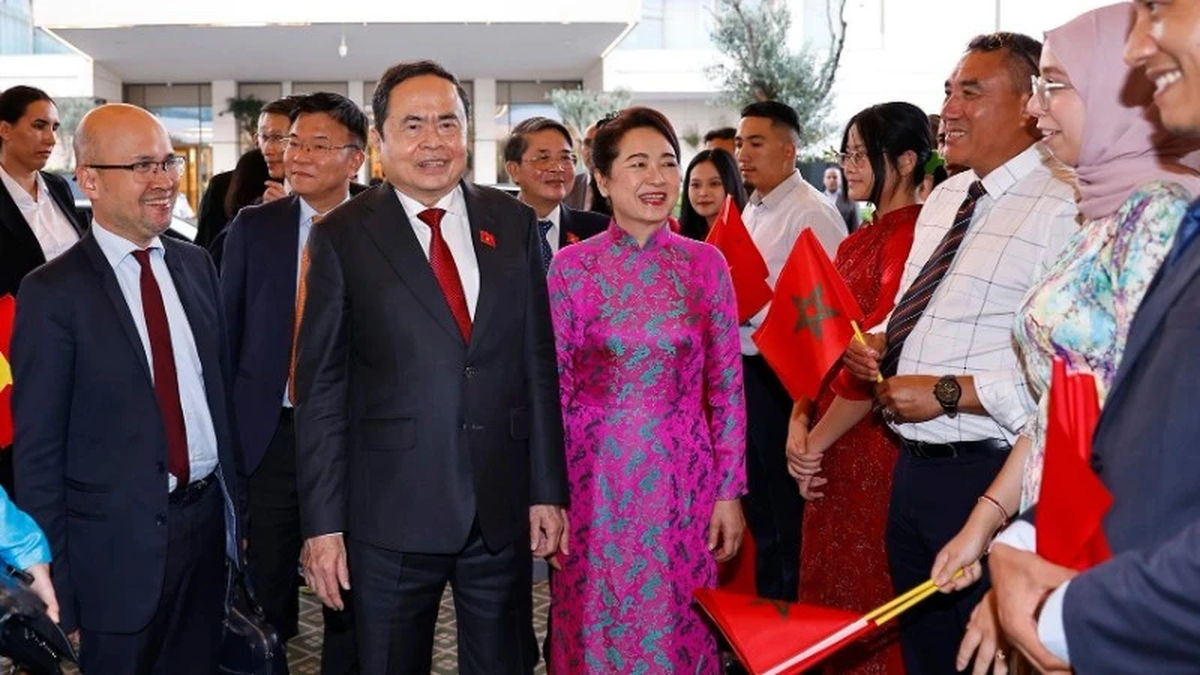
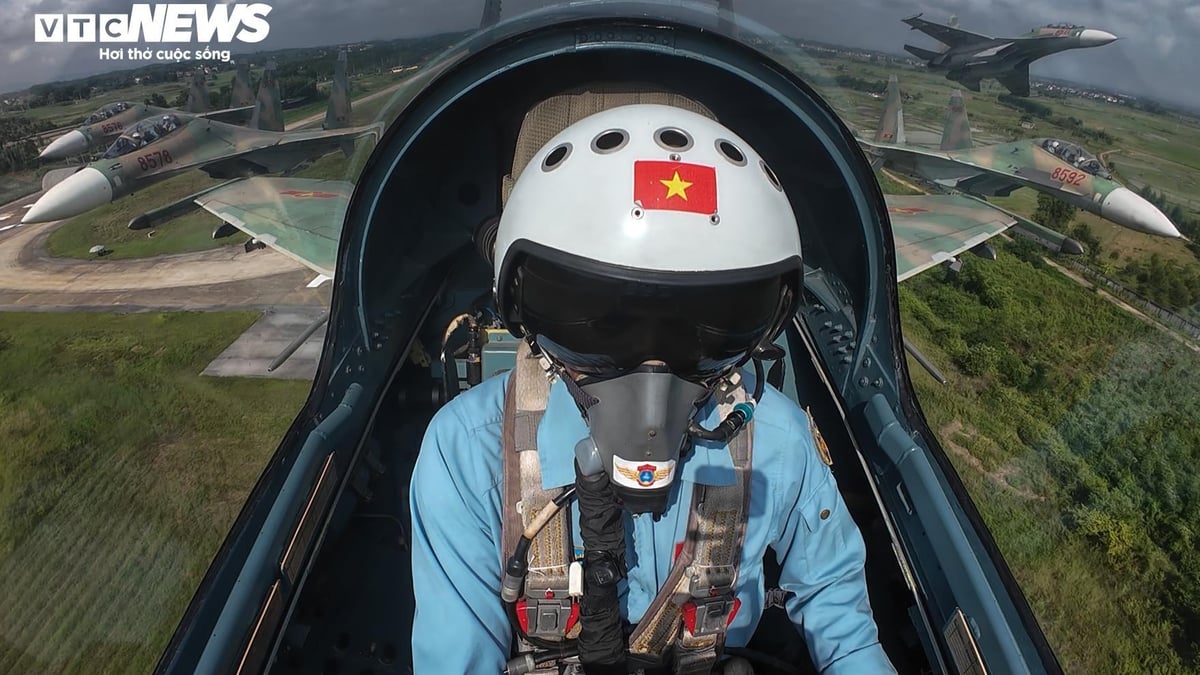
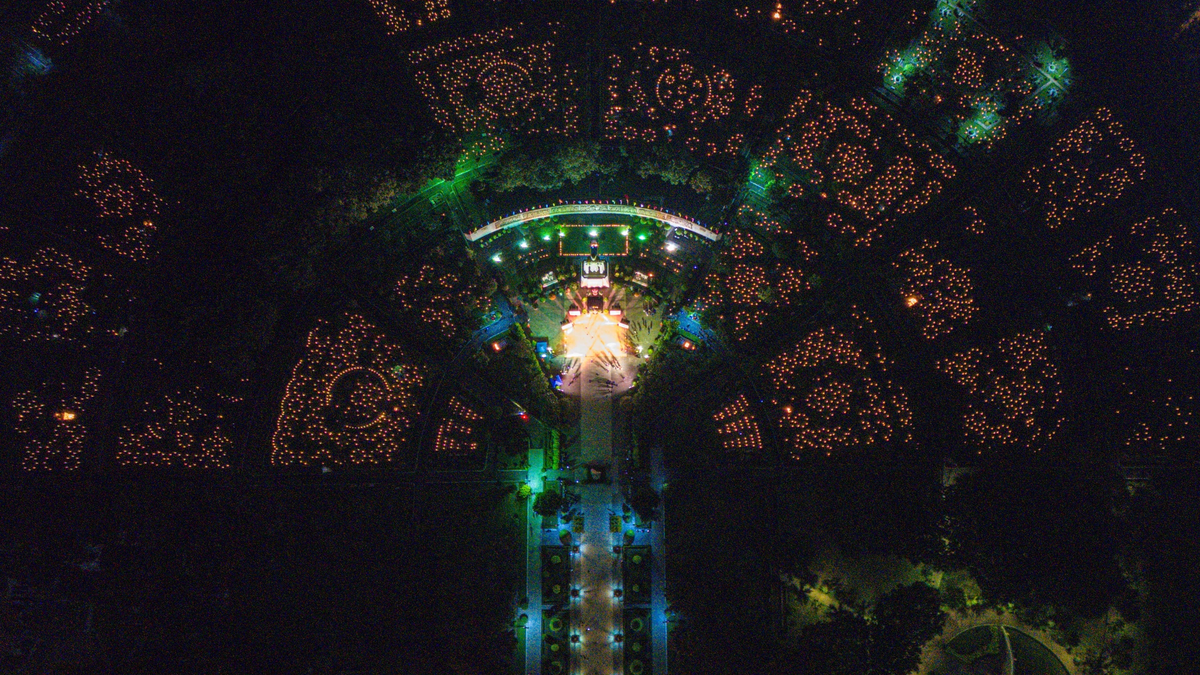












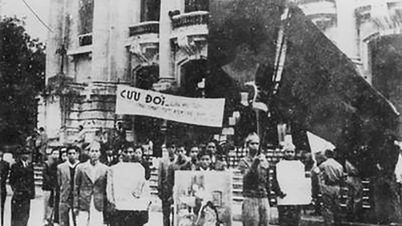























![[Photo] National Assembly Chairman Tran Thanh Man receives Chairman of Morocco-Vietnam Friendship Association](https://vphoto.vietnam.vn/thumb/402x226/vietnam/resource/IMAGE/2025/7/26/b5fb486562044db9a5e95efb6dc6a263)


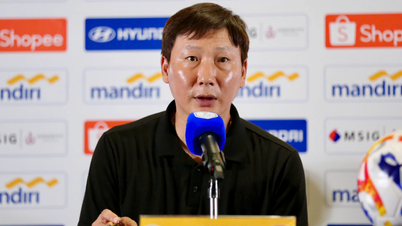




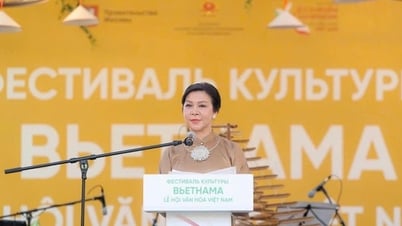


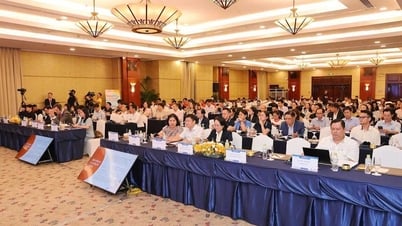
























Comment (0)